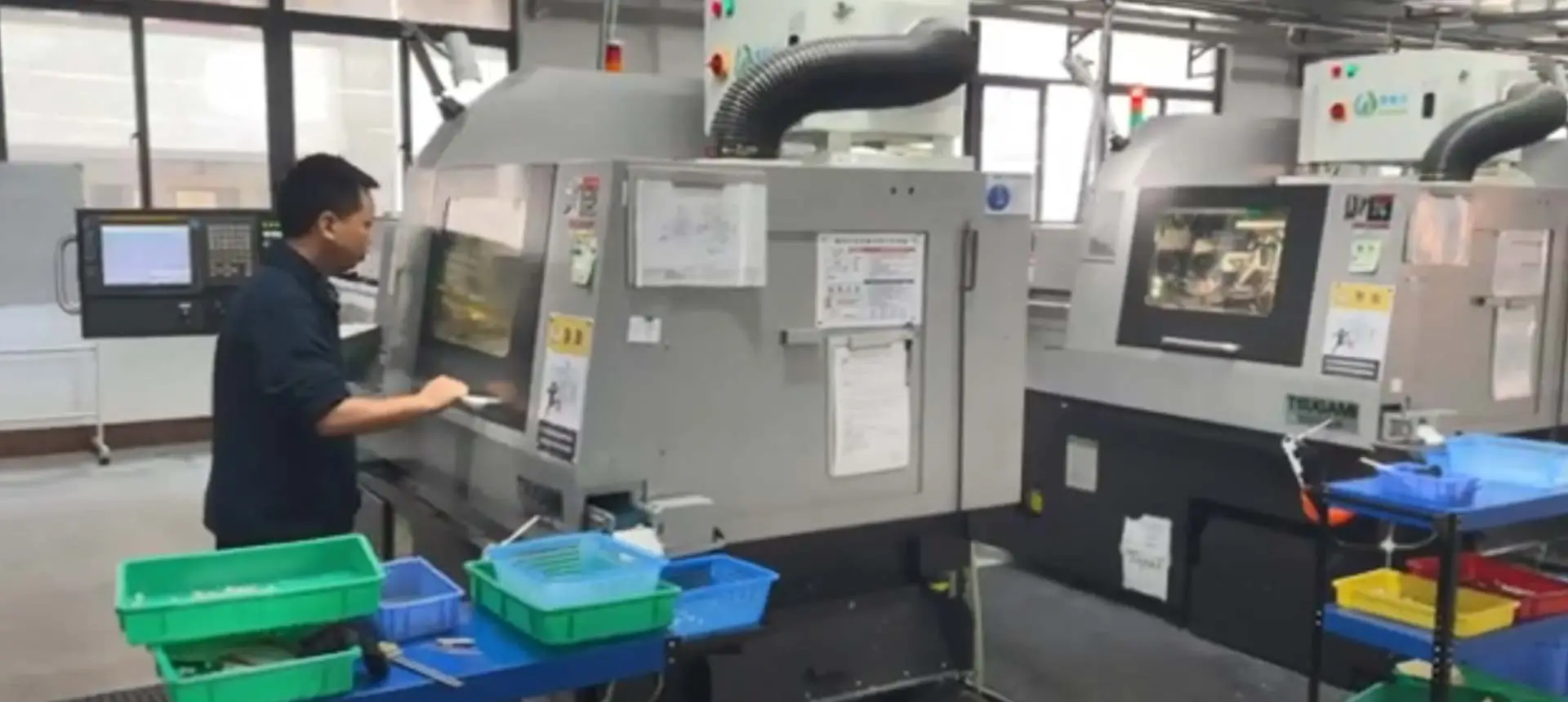
تبدیل CNC یک فرایند است که در آن ماشین لات برای شکل مواد خام به یک محصول پایان استفاده می شود. آخرین تکنولوژی برای تبدیل بخش های CNC شامل استفاده از نرم افزارهای پیشرفته و سیستم های سخت افزاری میشه که سریعتر و دقیقتر رو فعال میکنه و توليد بيشتر این تکنولوژی شامل سیستم های نظارتی زمان واقعی و بازخوردی و همچنین ابزار بریدن و راه حل های کاری که سختی را بهبود می دهند و زمان برپایی ها را کاهش می دهند. به علاوه ، یکپارچه سازی اتوماتیک و سیستم های رباتیک به عملیات تبدیل CNC در حال رایج بهتر می شه اجازه دادن محصولات بيشتري و هزينه هاي هزينه. در کل، آخرین تکنولوژی برای تبدیل بخش های CNC اینه که انقلاب صنعت تولید با بهبود کیفیت و کاهش زمانهای سرب و در حال افزايش دادن
به دست آوردن دقت با قسمت های چرخش CNC نیاز به ترکیبی از عوامل، از جمله تکنولوژی ماشین پیشرفته، و ابزار با کیفیت بالا کليد دقت در برنامه ريزي با دقت و اجراي فرايند ماشين با تمرکز روي بهينه اندازي پارامترها کمتر کردن ابزار، و مطمئن کردن برپاسازي و ترتيب کار مناسب. علاوه بر این، اقدامات کنترل کیفیت و کنترل کیفیت برای حفظ دقت و همسازی در طول اجرای تولید ضروری است. با ابزار مناسب، تکنيک و تخصص تبدیل CNC می تواند سطوح بالای دقت و بعدی حتی در پیچیده ترین بخش ها به دست آورد.
در قلمرو ماشين کنترل عددي کامپيوتري نقش اصلی در شکل مواد خام به اجزای مهندسی دقیق بازی میکنه درک تفاوت های کلیدی بین تبدیل CNC و سلیم برای تولید کنندگان و مهندسین هدف برای بهینه سازی فرایند ماشینی شون حیاتی است. و نتايج برتري در این مقاله، ما به ویژگی های مخصوص تغییر CNC بررسی می کنیم و نور بر روی برنامه ها، تکنیک ها، و منافع
چرخش CNC: چرخش یک فرایند ماشینی است که در اصل برای اجزای استخراج استفاده می شود. در طیماشين فولاديیک کاری بر روی یک پیچیده می چرخد و یک ابزار بریدن در محور چرخش برای شکل سازی مواد عبور می کند. این فرایند برای ایجاد قطعات مانند شیشه ها، سنج و سطح استفاده می شود.
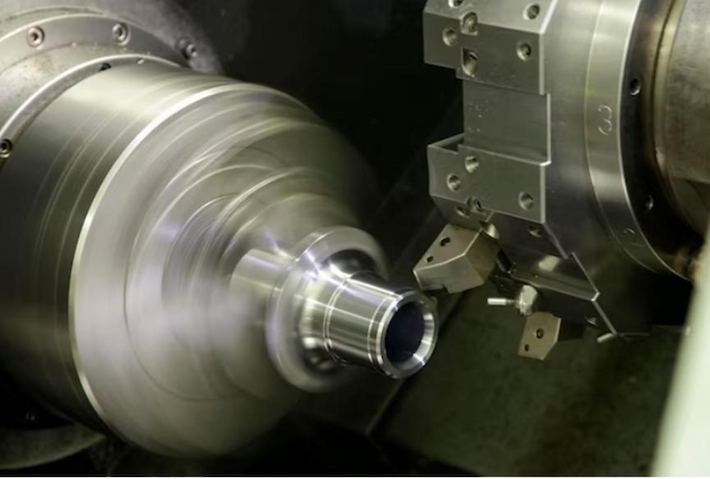
CNC میلینگ: از طرف دیگر، میلینگ شامل حذف مواد از یک کاری با استفاده از برترهای چرخش می شود. ،کار کاری پایین باقی می مونه ، در حالی که ابزار ماشین آمادگی به چندین تبر حرکت میکنه تا شکل های پیچیده ای درست کنه و گودال CNC متفاوت است و در یک گستره گسترده ای از هندسی است.
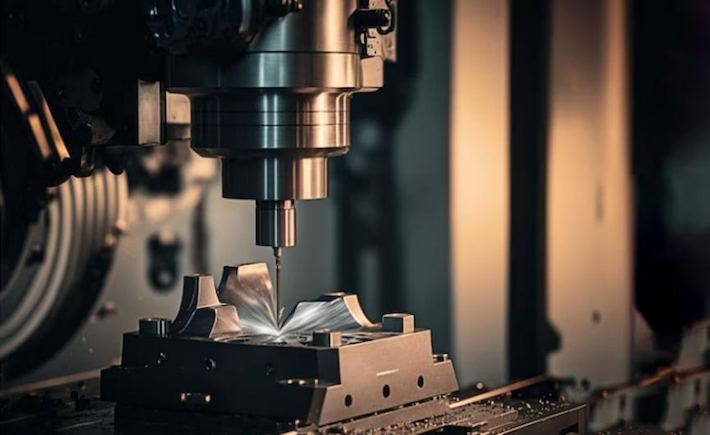
CNC چرخش: ماشین های چرخش، که همچنین به عنوان شناخته می شوند، یک جهت افقی یا عمودی دارند. کارگر روی اسپیدل قطع می شود که چرخشد و به ابزار برش اجازه می دهد موازی با محور چرخش حرکت کند.
CNC میلینگ: ماشین ها میلینگ می توانند جهت عمودی یا افقی داشته باشند. در حلقه عمودی، پیچیده به طور عمودی می باشد، در حالی که در عمودی می باشد، خردل به صورت افقی قرار دارد. این تفاوت به روش های متفاوتی اجازه می دهد.
چرخش CNC: ابزارهای چرخش معمولاً ابزارهای تک نقطه هستند که مواد قطع می کند که در چرخش کار کار می کند. ابزار به طور شعاعی و محور حرکت می کند تا قسمت را شکل دهد.
CNC میلینگ: ابزارهای بسیاری معمولا ابزارهای چند نقطه هستند، و فرایند ماشینی شامل حرکت های چرخش و خطی است. میلیونی به استفاده از کارخانه های پایان، کارخانه های چهره و ابزارهای هندسی گوناگون اجازه می دهد تا نتایج خاصی به دست بیاورد.
چرخش CNC: چرخش بهتر است برای قسمت های متقارن با تقارن چرخشی در ساختن ویژگی هایی مانند خرده ها، ضربه ها و موفق در سطح های استوانه بهتر است. برنامه های عمومی شامل تولید اجزای استوانه مانند بوسینه، شافت ها و فلنج ها می شود.
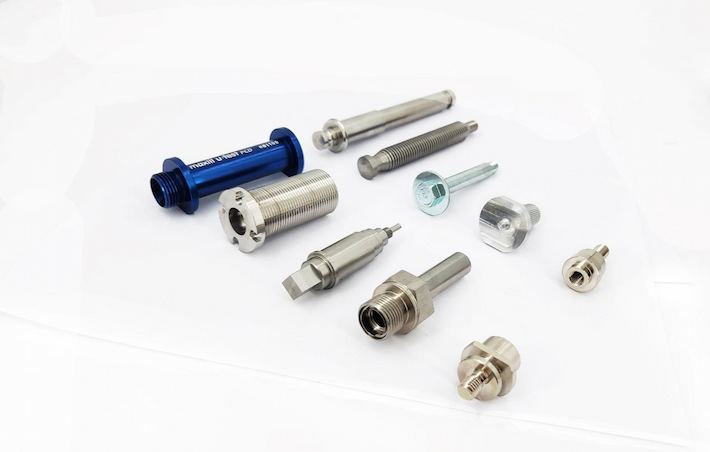
CNC میلینگ: میلینگ در تولید گوناگونی از شکل های گوناگون، از جمله جیب ها، لطیف و موعد سه بعدي پيچيده این بسیار قابلیت آوری را برای اجزای پیچیده مناسب می سازد. میلینگ برای گستره گسترده تر از برنامه ها مناسب است، از جمله ایجاد اجزای پیچیده برای هوا فضا، ماشین و صنايع پزشکي.
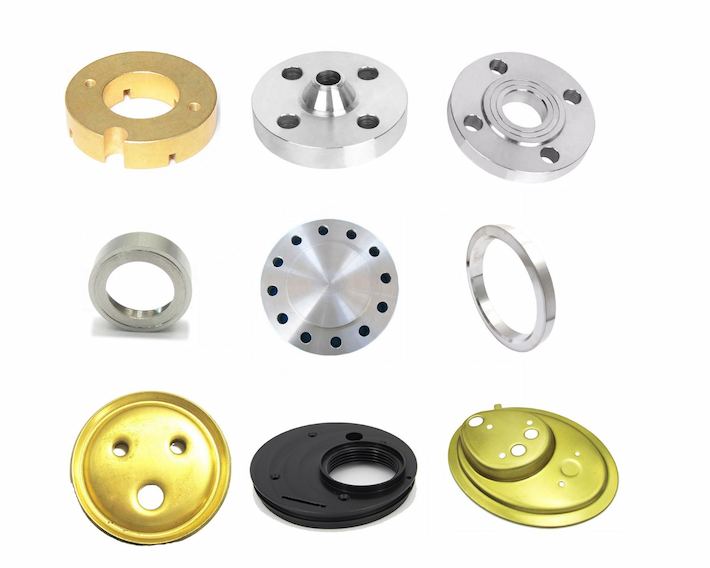
در نتیجه، تغییر CNC و میلینگ فرایند ماشینی متمایز هستند، هر کدام با مجموعه مزیت و کاربردهای خودش. انتخاب بین چرخش و سرمایه بستگی به عوامل مانند هندسه مورد نظر، مواد و نیازهای پروژه دارد. با فهمیدن تفاوت بین تبدیل شدن و طناب انتخاب روش ماشین مناسب می تواند تولید محصولات کیفیت بالا باشد.
در منطقه ي ماشين CNC، اچ اچ.چ.چ.چ.چ.آي پيشنهاد تخصص و راه حل هاي سفارشي این دلایل کلیدی است که انتخاب HHC یک تصمیم استراتژیک است:
به عنوان يه حرفه ايکارخانه قطعات دقت بالاییHHC در توسعهٔ سفارشی و طراحی راه حل مناسب است که راه حل تولید شخصی را فراهم می کند. تخصص ما در ساختن کپک های بیضوی
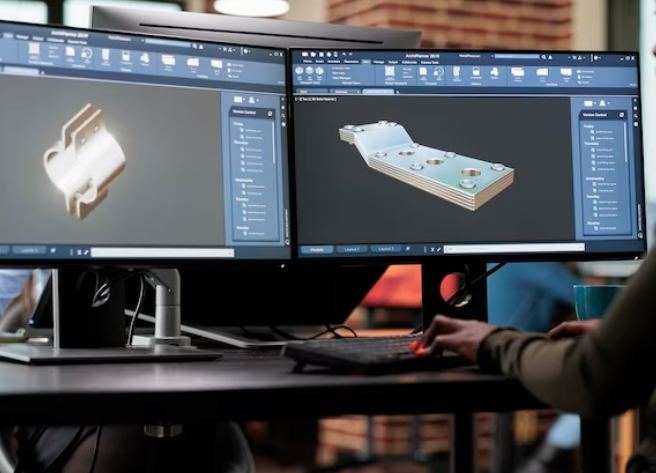
در اچ اچ.چ.چ.کیفیت سنگ گوشه ماست با استاندارد بین المللی مانند ISO9001، IATF16949 و ISO13485 و غیره فرایند کنترل کیفیت سخت ما مطمئن میکنه که هر اجزای نه تنها رخ میده بلکه از انتظارات مشتری فراتر میشه برقراري اعتماد و اعتماد
HHC یک پارک صنعتی خود ساخته شده است و به طور عمودی زنجیر تولید ما را برای یک هزینه یکپارچه می کند. پروسه های تولید ما و یکپارچه عمودی محصولات را افزایش می دهد و به ما اجازه می دهد که هزینه ی شما را بدون اینکه در مورد کیفیت سازگاری کنیم
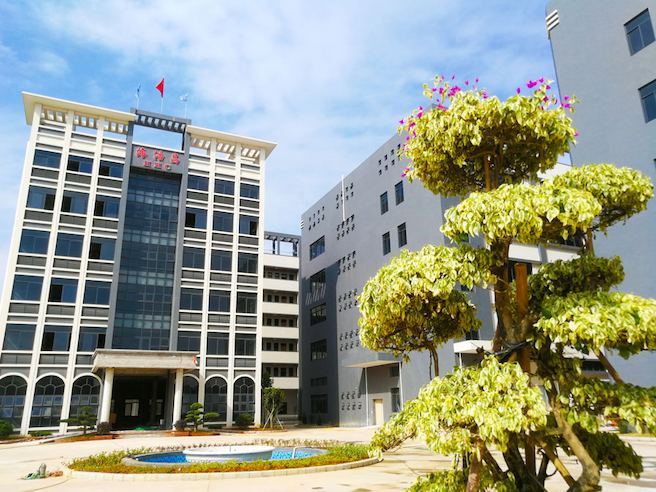
در نتیجه، HHC CNC Lathing Turning بیشتر از ماشین دقیق پیشنهاد می کند؛ این شراکتی را ریشه در نوآوری می کند، قابل اعتماد و هزينه ي موثري HHC را برای سفر همکاری انتخاب کنید که برتری سفارشی را با کیفیت بی نظیر در حال بهینه سازی هزینه ها ادغام می کند.
در دنياي ماشين دقيقي چرخش CNC یک فرایند بسیار پذیر است که برای قابلیت آن برای شیوه های مختلف با دقت و کاربریت معروف است. این یک اکتشاف کوتاهی از شکل هایی که CNC می تواند تولید کند:
سي ان اي.اس.اي بهترين شکل هاي استفاده ايجاد ميکنه براي توليد اجزاي مثل ساخته ها، سنج و شلوغ این فرایند یکسانی و دقت در پروفایل های استوانه است.

چرخش CNC در ایجاد ضربه ها و شکل های مخروطی مهارت است. این توانایی برای کاربردهای ارزشمند است که قطعات نیاز به کاهش تدریج یا افزایش قطر دارند.
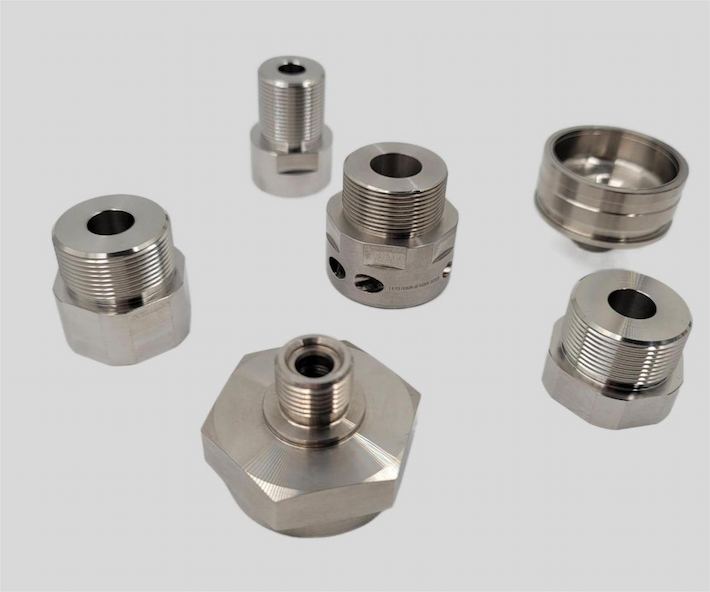
این فرایند در تشکیل گروچه های پیچیده و موفقی در سطح های استوار است. این باعث می شود CNC تغییر برای اجزای با ویژگی های جزئیات مناسب باشد، و هم بهبود عملکرد و هم افزایش است.
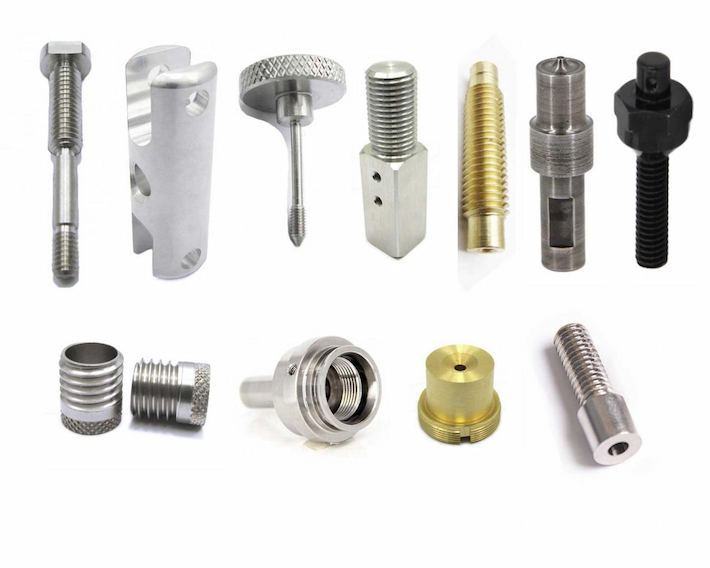
در حالی که در اصل به شکل استخراجی مربوط به شکل CNC می تواند برای تولید اجزای کرسی نیز استفاده شود. این بسیاری قابل دستیابی را گسترش می دهد.
چرخش CNC می تواند هندسی های پیچیده را کنترل کند، از جمله شکل هایی با قطرات متنوع و جزئیات پیچیده. این یک فرایند باارزش برای تجارت گوناگون و سفارش داده می شود.
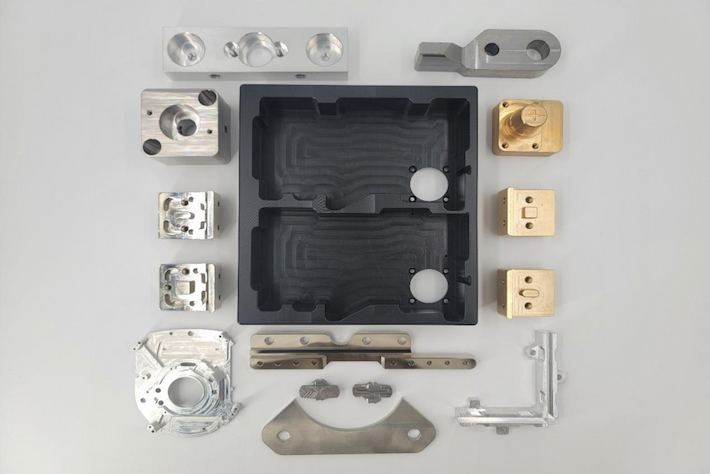
در نتیجه، تبدیل CNC به شکل های خاص محدود نمی شود؛ سازگاری آن اجازه می دهد به ایجاد یک دسته گسترده از اجزا، از شکلهای سیارکی ساده تا هندسی پیچیده و پیچیده دقیق و کاربردی CNC آن را انتخاب ترجیح می دهد برای شکل دادن بخش های مختلف در واقع.


